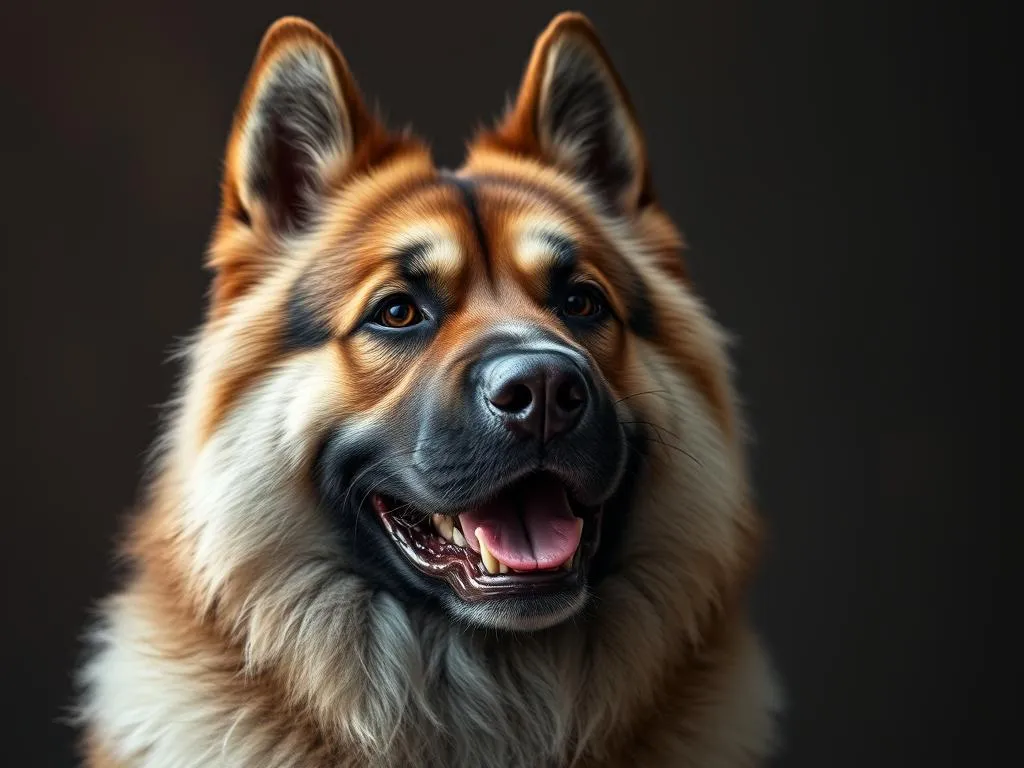
The allure of large dogs has captivated many dog lovers worldwide. When we talk about the biggest dogs, we often refer to them in terms of weight and height, and various breeds have earned their places in this category due to their impressive stature. Understanding the characteristics of these giant breeds is essential for prospective owners and enthusiasts alike. Let’s explore who the biggest dogs in the world are, their unique traits, and what it takes to care for them.
Understanding Dog Size Categories
Definitions of Dog Size
Dog breeds are typically classified into four size categories: small, medium, large, and giant. While the definitions can vary slightly, giant breeds are generally those that weigh over 100 pounds and stand at least 24 inches tall at the shoulder. Dogs in this category can be awe-inspiring, not just because of their size, but also due to their gentle nature and loyalty.
Factors Influencing Dog Size
Several factors contribute to the size of a dog. Chief among them are genetics and breed standards, which dictate the typical size range for each breed. Nutrition during the growth phase also plays a crucial role; a well-nourished puppy is more likely to reach its genetic potential. Additionally, environmental influences can impact a dog’s growth, including the space it has to move and exercise.
The Biggest Dog Breeds
Great Dane
The Great Dane is often heralded as the epitome of giant breeds. On average, Great Danes stand between 28 to 34 inches tall and can weigh anywhere from 110 to 175 pounds. Known for their majestic stature and friendly disposition, they are often referred to as “gentle giants.” Great Danes have made their mark in popular culture, appearing in cartoons and movies, with the most famous being Scooby-Doo.
Mastiff
When discussing the biggest dogs, the Mastiff family cannot be overlooked. This category includes several types, such as the English Mastiff, Neapolitan Mastiff, and Tibetan Mastiff.
- English Mastiff: They can weigh between 120 to 230 pounds, with an average height of 27 to 32 inches.
- Neapolitan Mastiff: Known for their loose skin and unique appearance, these dogs typically weigh between 110 to 150 pounds.
- Tibetan Mastiff: A bit smaller than their English cousins, they usually weigh between 90 to 150 pounds but are still considered quite large.
All Mastiffs share a calm demeanor and are known for their loyalty and protective instincts.
St. Bernard
The St. Bernard is famous for its history as a rescue dog in the Swiss Alps. These dogs are known for their remarkable size, averaging 26 to 30 inches in height and weighing between 110 to 200 pounds. St. Bernards have a gentle temperament, making them excellent family pets. Their large size might seem intimidating, but they are known for being incredibly affectionate and good-natured.
Newfoundland
The Newfoundland is another giant breed known for its impressive swimming ability and rescue work in water. They typically weigh between 100 to 150 pounds and stand around 26 to 28 inches tall. Newfoundlands have a friendly disposition and are often referred to as “gentle giants” as well. However, potential owners should be aware of health issues common in this breed, including hip dysplasia and heart problems.
Irish Wolfhound
The Irish Wolfhound holds the title for one of the tallest dog breeds, standing between 30 to 34 inches tall and weighing anywhere from 90 to 150 pounds. Historically used for hunting wolves in Ireland, these dogs are known for their gentle and friendly nature. Despite their imposing size, they are often described as calm and affectionate.
Other Notable Large Breeds
In addition to the breeds already mentioned, several other large breeds deserve attention:
- Leonberger: This breed can weigh between 90 to 170 pounds and is known for its friendly and playful nature.
- Great Pyrenees: Typically weighing between 85 to 115 pounds, these dogs are known for their guarding instincts and gentle temperament.
- Rottweiler: Weighing between 80 to 135 pounds, Rottweilers are known for their confidence and loyalty.
Characteristics of Large Dog Breeds
Temperament and Behavior
Large breeds often share common traits, including a calm demeanor and protective instincts. However, there can be significant differences in temperament among breeds. For instance, while Great Danes are typically friendly and sociable, Rottweilers may be more reserved and require early socialization to ensure they develop into well-rounded pets.
Health Considerations
Health issues are more pronounced in giant breeds due to their size. Common problems include hip dysplasia, heart conditions, and bloat. Regular veterinary care is crucial, along with preventive measures such as maintaining a healthy weight and monitoring exercise levels.
Exercise and Activity Needs
Despite their size, many large dog breeds require significant amounts of exercise. Daily walks, playtime, and mental stimulation are essential for keeping them healthy and happy. Games like fetch or agility training can be excellent ways to engage them physically and mentally.
Caring for a Giant Dog Breed
Nutrition
Feeding a large dog requires special attention to their dietary needs. High-quality dog food formulated specifically for large breeds is recommended, as it helps in maintaining healthy growth and weight. Owners should follow feeding schedules that prevent bloat, a common concern in giant breeds.
Grooming and Maintenance
Grooming needs can vary among large breeds. For example, Newfoundlands require regular grooming due to their thick, water-resistant coat, while Great Danes have short fur that may require less maintenance. Regardless of the breed, maintaining a healthy coat and skin is important and may involve regular baths and brushing.
Training and Socialization
Training and socialization are critical for large breeds. Early exposure to various environments, people, and other animals can help them become well-adjusted adults. Positive reinforcement techniques work best, and consistency is key to successful training.
Living Arrangements for Large Dogs
Space Requirements
Living arrangements are crucial for large dogs. Ideally, they should have access to a spacious home and a yard where they can run and play. Apartments can work, but it’s essential to ensure the dog gets ample exercise outside.
Compatibility with Families and Other Pets
Large dogs can be great companions for families, especially if raised with children. However, supervision is important due to their size and strength. Additionally, how well they interact with other pets will depend on their socialization and training.
Conclusion
From the Great Dane to the Irish Wolfhound, the biggest dogs in the world offer a unique blend of love, loyalty, and companionship. While they come with their own set of challenges, the joy they bring to households is immeasurable. Prospective owners need to consider the commitment involved in caring for these gentle giants but can look forward to a rewarding experience filled with love and companionship.
FAQs
What is the largest dog breed in the world?
The largest dog breed in the world is often considered to be the Great Dane, with some individuals reaching heights over 34 inches.
How long do large dog breeds typically live?
Large dog breeds generally have a shorter lifespan compared to smaller breeds, averaging around 8 to 12 years.
Are large dogs good with children?
Many large dog breeds are excellent with children, especially if they are well-socialized and trained from a young age.
What are the most common health problems for giant breeds?
Common health issues include hip dysplasia, heart problems, and bloat, which can be life-threatening if not addressed promptly.
How much exercise do big dogs need daily?
Most large dogs require at least 1 to 2 hours of exercise each day, including walks, playtime, and mental stimulation.









